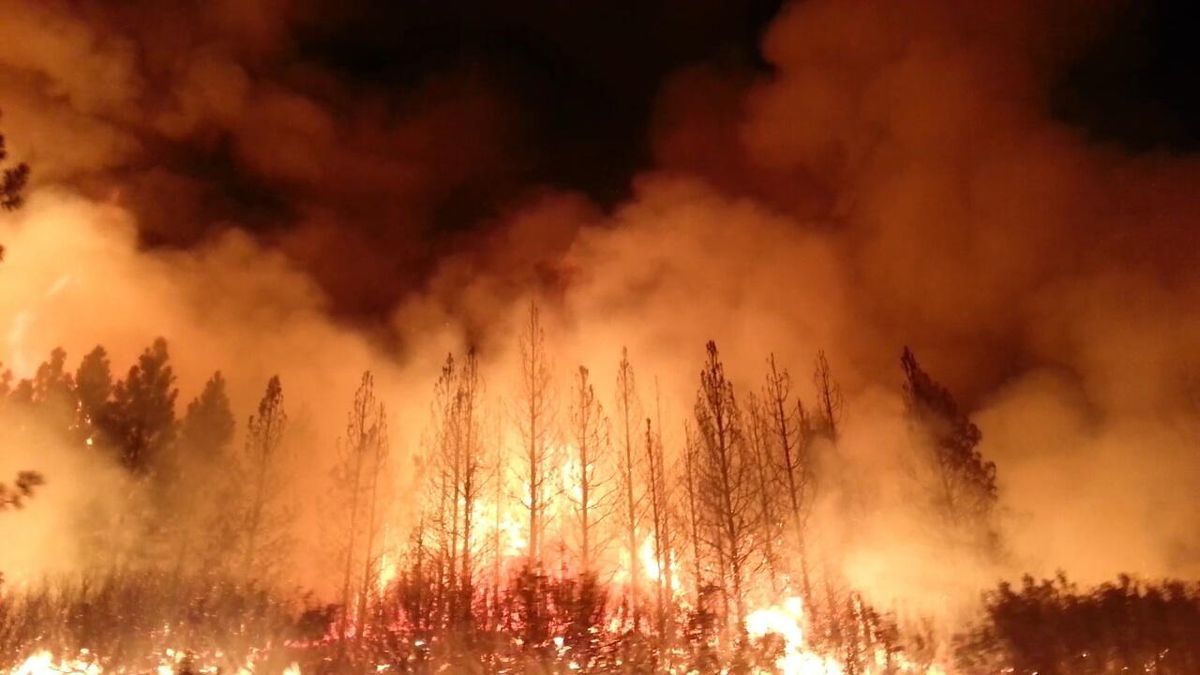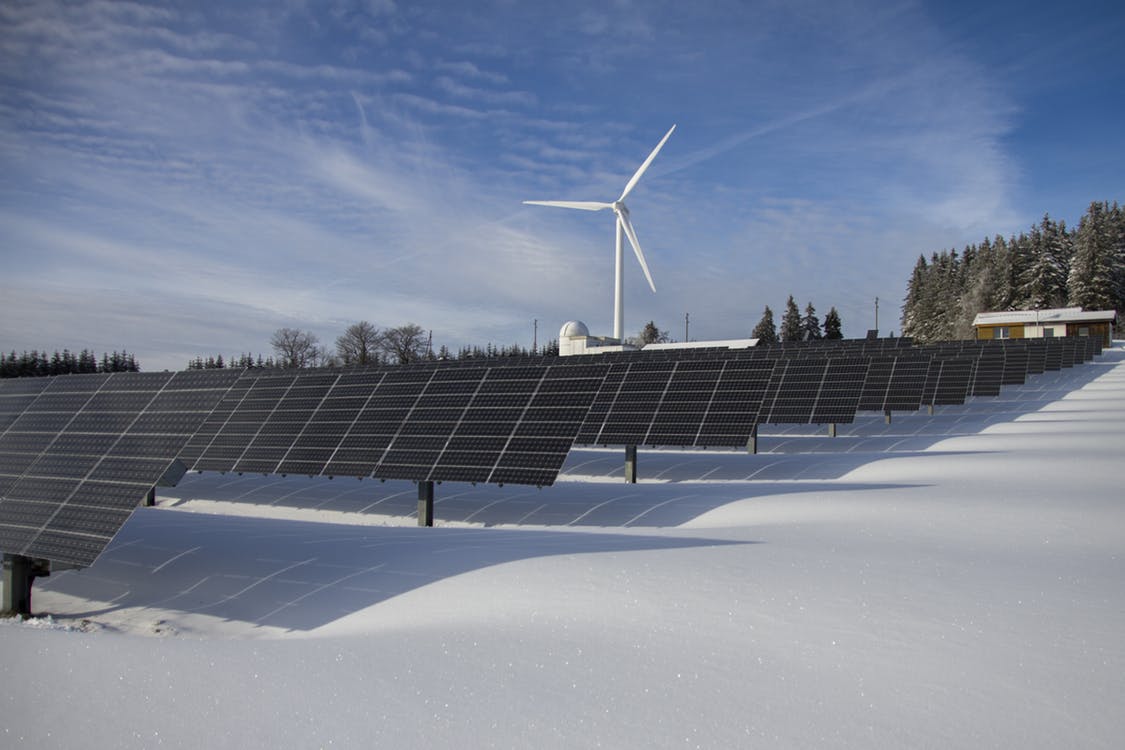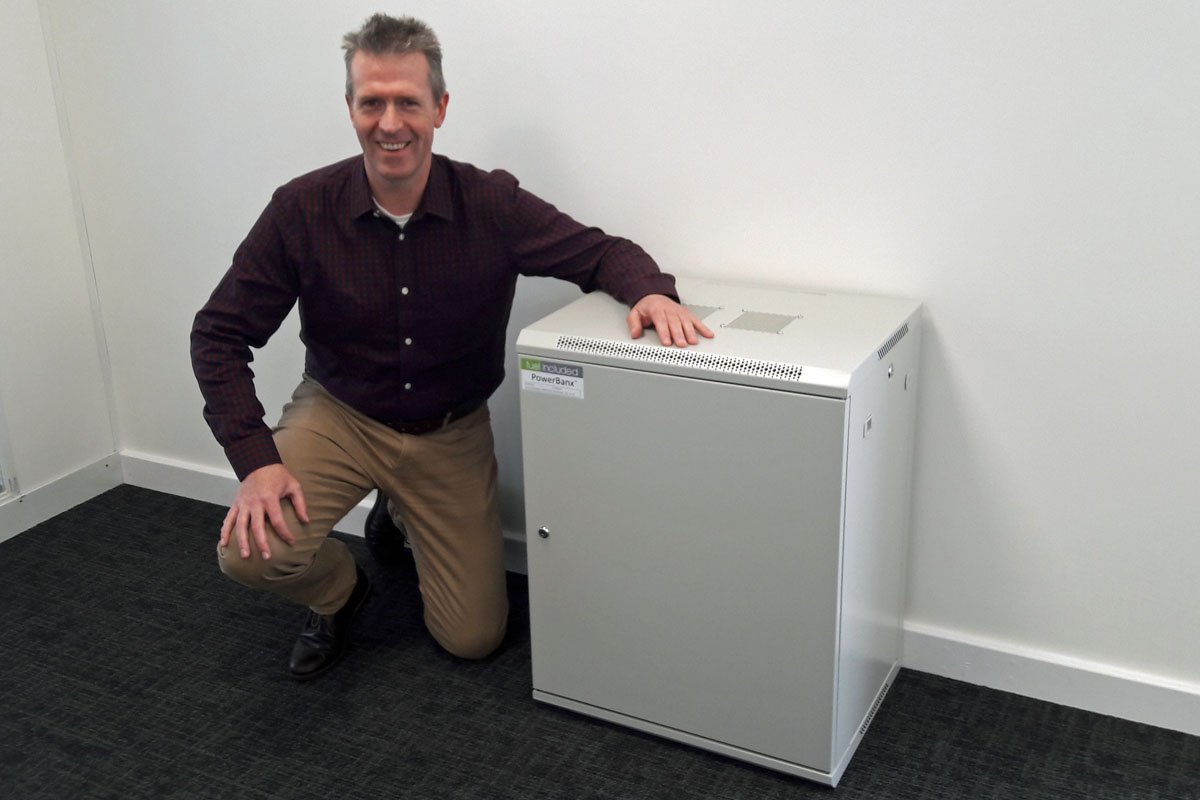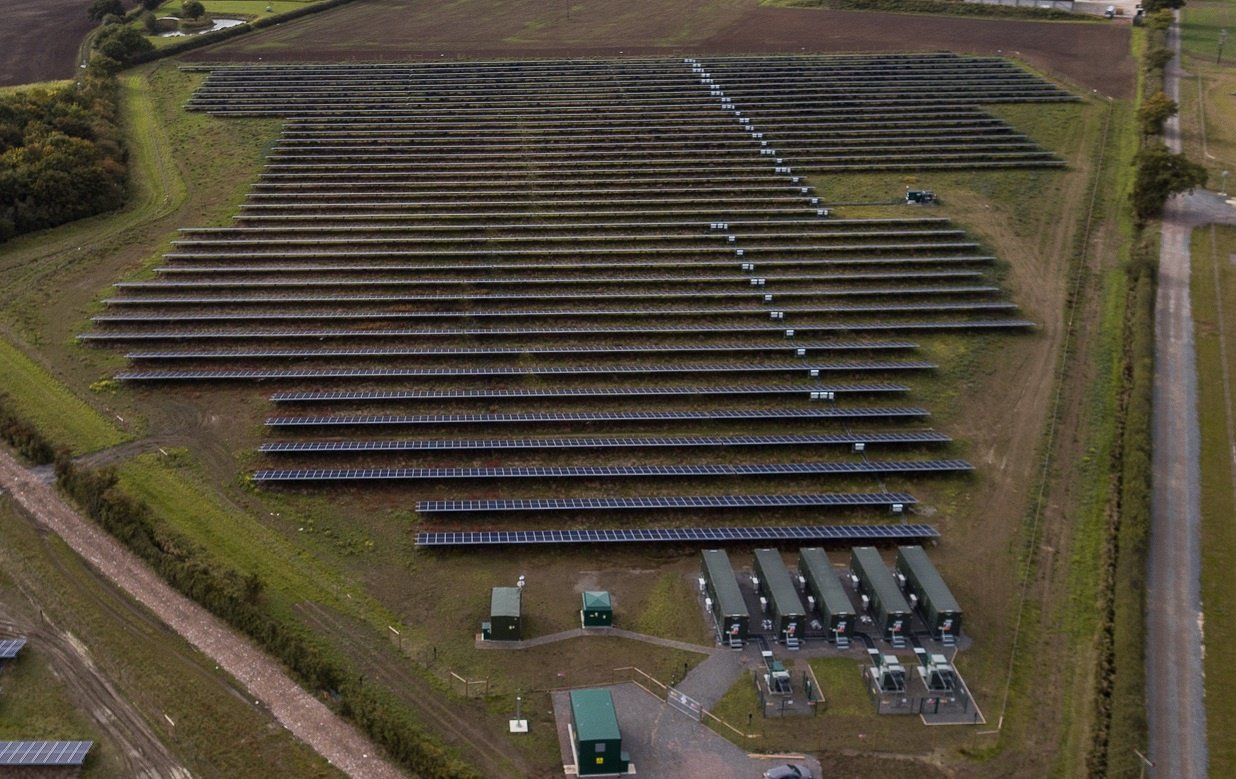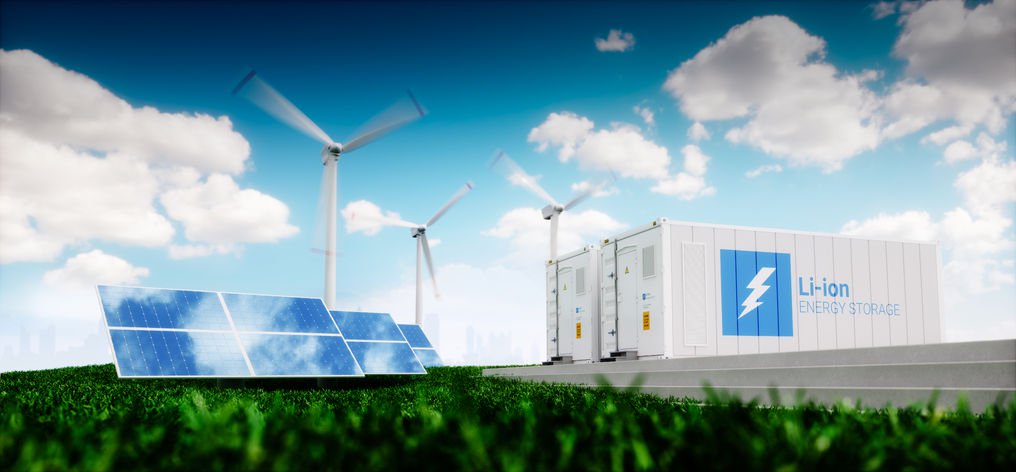Should fossil fuels pay for Australia’s new bushfire reality? It is the industry most responsible
It is unconscionable that the taxpayer funds fossil fuels to the tune of $1,728 per person per year. What if we channelled this into climate adaptation? It is week nine of the current bushfire crisis; almost 20 people are dead, over 1,000 homes have been lost, half a billion animals have been killed and
